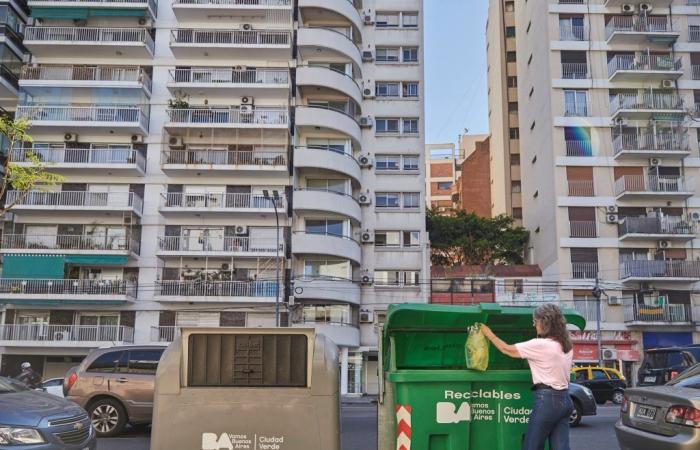In the Buenos aires city they generate 6800 tons per day of wasteboth residential, commercial, industrial, health and institutional. The largest proportion is produced by the 3 million inhabitants together with the 3 million people who enter daily; this composition reflects the consumption and production habits.
According to data from the Ministry of Public Space and Urban Hygiene, the waste generated by the people of Buenos Aires today is divided into: 43 percent organic, 20 percent plastic, 16 percent various (among which we find sanitary waste, dirty papers and cardboard, cigarette butts, chewing gum, and others), 14 percent paper and cardboard, 5 percent glass and finally 2 percent metals. Of Of these materials, 41 percent are recyclable..
In the case of treating the organic fraction, for example when composting food waste at home or taking them to the network of composters that the City has, we achieve reduce black bag by 84 percentIn this case, only 16 percent would be placed in black containers.
Therefore, the responsibility and good environmental behavior of each neighbor when separating the waste generated in their home is essential to recover recyclable materials; and that these return to the production chain as raw material.
In that sense, Separation at origin in the City of Buenos Aires is an obligation stipulated by different regulations to reduce the generation of waste and thus reduce the amount of garbage that goes to final disposal.
Also, it is relevant to take into account the concept of 3 R as a consumption pattern, which is based on: reduce, reuse and recycle.
The Separation and then recycling has positive environmental impacts very important, since it helps reduce climate warming, saves energy, reduces the carbon footprint of actions and prevents the generation and accumulation of garbage.
For recycling to be carried out, industries need the materials in certain conditions (always clean and dry).In the City of Buenos Aires, there are three collection methods: green containers, in hand to the Urban Recyclers of the neighborhood and at the Green Points.
The collected materials are transferred to the nearest Green Center where the operators of the Urban Reclaimers cooperatives with different systems separate, divide and bale the materials for sale. Then, from other technological processes they will become raw material for new products.


